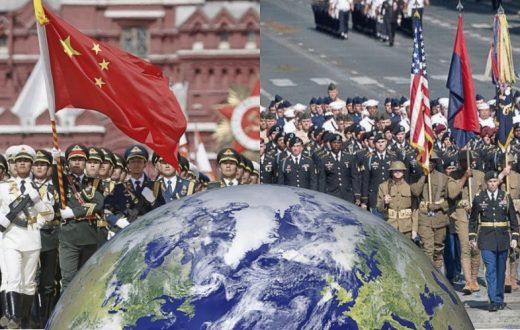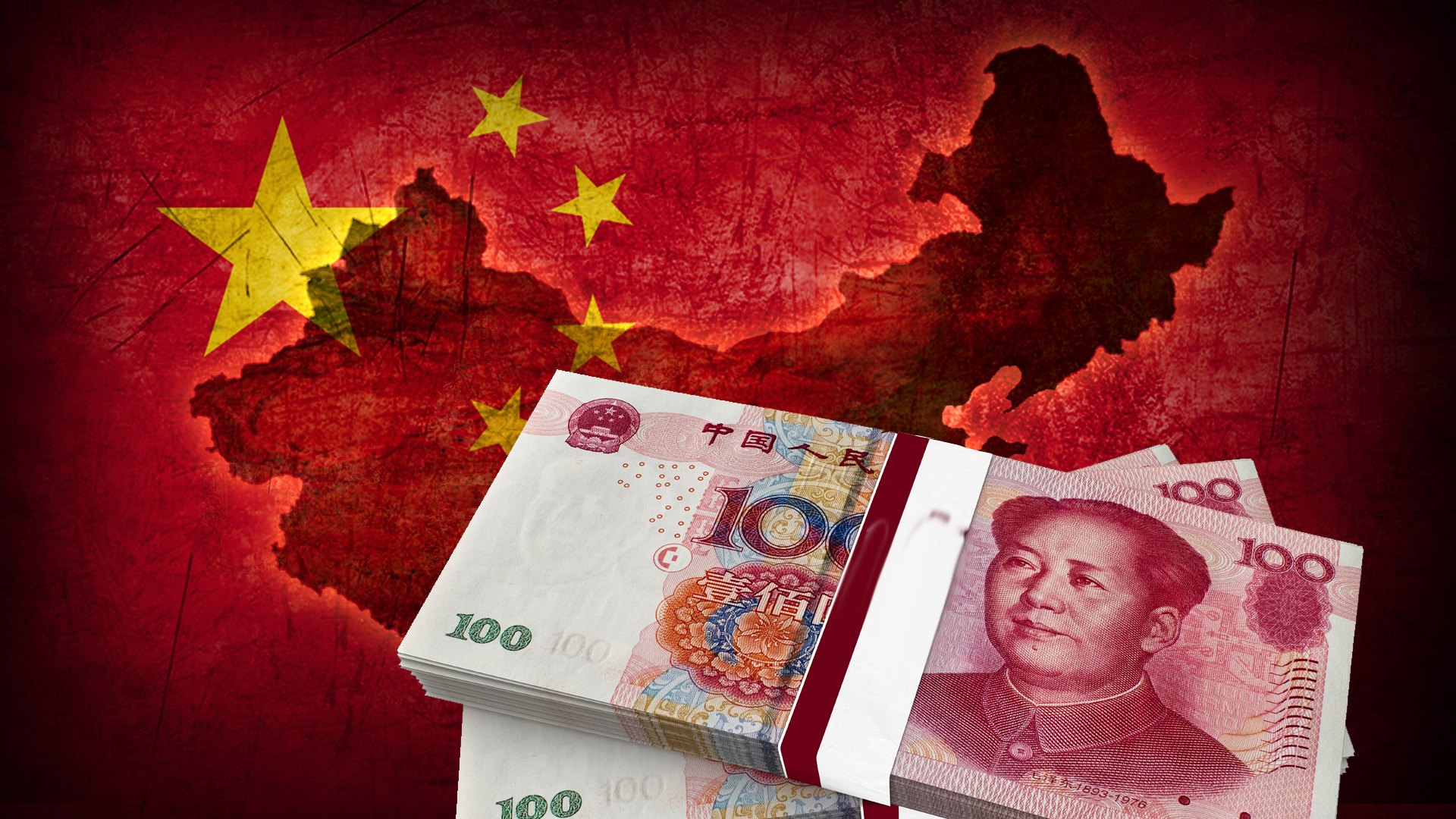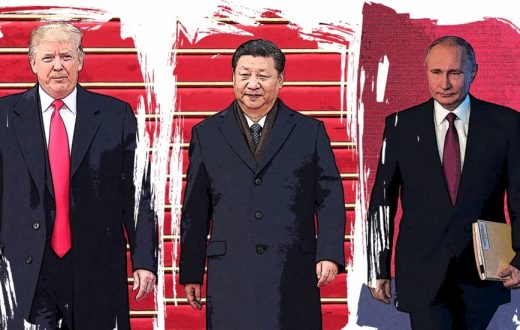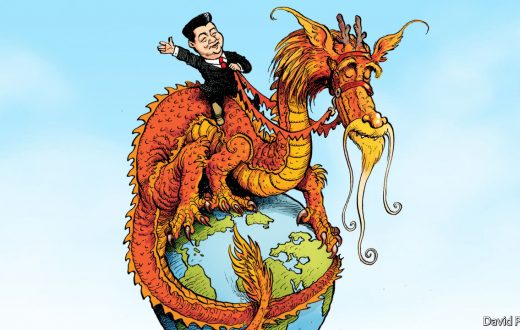Glen Diesen (2017) defines geoeconomics as the economics of geopolitics in his book Russia’s Geoeconomic Strategy for a Greater Eurasia. He further adds that with more destructive weapons and growing economic interdependence in a globalized world, the power derives progressively from control over financial institutions, transportation corridors and strategic markets rather than territory. Moreover, in their book War by Other Means Jennifer M. Harris and Robert Blackwill (2016) define geoeconomics as “the use of economic instruments to promote and defend national interests, and to produce beneficial geopolitical results and effects of other nations’ economic actions on country’s geopolitical goals.” Thus, one can define geoeconomics as an economic instrument or set of instruments to achieve geopolitical ends.
China effectively uses the geoeconomic instruments to achieve its geopolitical aims in the twenty-first century.
China’s Economic Might in a Glimpse:
A specialist in Asian Trade and Finance, Wayne M. Morrison, argues that before the Chinese economic reforms of 1979, the Chinese economy was isolated from the other economies of the world besides keeping its economy centrally-controlled, poor, inefficient and stagnant. The economic reforms resultantly brought in foreign investment and trade into China. China, since then, has witnessed one of the fastest growing GDP growth rates in the world. China’s economy saw almost a double-digit GDP growth rate on an average in last three decades. According to the Trading Economics Website, China’s GDP growth rate from 1989-2017 on an average was nearly 9.66% which is slightly lesser than the two-digit growth rate that China maintained from 1989-2014 on an average. Besides this, China is not only the largest economy in the world in terms of purchasing power parity but also the largest holder of foreign exchange reserves, largest manufacturer and merchandise trader. In 2017, China’s exports were $2.3 trillion.
Changing China Story:
According to Mark Leonard, ECFR Director, “If the big China story of the past few decades was about growth, exports and investments, the story of the next decade will be about the creation of a Chinese economic and political order.” He, furthermore, argues that despite its slow growth rate in the past few years, China has become part of the fabric of economic life of most countries around the world. Rather than overthrowing existing institutions as many had feared, China is utilizing its economic might to develop a series of relationships which connect world in a more China-Centric world order, Leonard adds. Moreover, Leonard says that the new world order (economic and political order) is designed differently from the Western-led multilateral institutions because China prefers to craft a series of bilateral and multilateral relationships with different states and also with regional forums or organizations.
China’s Geo-economic muscle in the 21st Century:
Jennifer M. Harris and Robert Blackwill (2016) in their book War by Other Means state that there are at least seven economic tools apposite to the geopolitical application: trade, investments, sanctions, cyber, aid, financial and monetary policy, and national policies governing energy and commodities.
China effectively uses all these tools to meet its geopolitical ends. However, Wu Xinbo (2016), Executive Dean, Fudan University China, argues that China’s geoeconomic power particularly lies in five areas.
1. Trade
China, owing to its large exports and the largest domestic market, uses Trade as a geo-economic tool commendably. From Asia-Pacific to Africa and from Europe to Latin America China maintains trade relations with over a 100 countries. Xinbo (2016) in this regard claims that China is the largest trading partner of over a 130 states.
- Investment Policy
China became an active provider of Foreign Direct Investment (FDI) after the global financial Crisis of 2008. Behind only from US and Japan, China became the third largest investor country from 2012 to 2014 (Xinbo, 2016). However, according to World Investment Report 2017, China has become the second largest investor country in the world, leaving Japan behind. It is, furthermore, estimated that China is going to take over US in this regard by 2020. China’s investments are focused on infrastructure and energy mostly. These investments contribute to China’s geoeconomic power in the twenty-first century.
- Financial Institutions
Asian Infrastructure Investment Bank (AIIB) and New Development Bank (NDB) are established recently. AIIB aims at providing financial support to the One Belt-One Road (OBOR) Initiative of Chinese President Xi Jinping which he announced in 2013 in Astana, Kazakhstan. NDB is BRICS (Brazil, Russia, India, China and South Africa) bank which aims at providing financial assistance to infrastructure projects in BRICS countries (Xinbo, 2016). Xinbo (2016) adds that China holds over 30% of shares in AIIB and 41% of shares in NDB which give China more leverage in operations and making of rules of both the institutions. China’s economic power will enhance as states start taking assistance from these institutions.
Moreover, some argue that main objective behind AIIB is to compete with and eventually replace Asian Development Bank (ADB) and Bretton Woods Institutions in Asia-Pacific. However, it would be premature to compare and contrast between these at this stage.
- Internationalization of Renminbi (RMB)
China started the policy of internationalizing of Renminbi from 2009. Internationalization of Renminbi includes its use in international investment and trade and also its inclusion in the reserves assets held by central banks in other countries (Xinbo, 2016). In 2015, Yuan (Renminbi) received the status of a reserve currency from IMF. Renminbi was added to IMF’s Special Drawing Rights basket in 2016. Yuan (Renminbi) is included in the Special Drawing Rights basket of IMF along with Euro, US dollar, British Pound and Japanese Yen.
- Infrastructure alliances under Road and Belt Initiative (BRI)
Belt and Road Initiative (BRI) will connect China with the world from Asia-Pacific to Europe and from Latin America to Africa. Currently, there are 65 countries part of China’s Belt and Road initiative. China is building infrastructure, pipelines and helping countries to get rid of their energy woes.
Besides these instruments, China also uses Cyber as an effective geoeconomic tool to achieve its geopolitical ends.
Cyber as a Geo-economic Instrument for China
Jennifer M. Harris and Robert Blackwill (2016) in their book War by Other Means state that although it is quite uncertain to gauge the magnitude and nature of cyber-attacks yet there is a good reason to consider cyber as the most powerful and the newest instrument of geoeconomics. They further argue that most of the IP addresses of the cyber-attacks can be traced inside China and Russia. They quote a private study and state that in any given day, cyberattacks account for nearly 15% but this figure plunged to 6.5% on October 1, 2011, when many workers in China took leave owing to China’s National Day. Furthermore, with regards to China’s use of cyber, Farid Zakaria opines in his article published in The Washington Post on April 5, 2018, “Look at the Chinese economy today. It has managed to block or curb the world’s most advanced and successful technology companies, from Google to Facebook to Amazon. Foreign banks often have to operate with local partners who add zero value — essentially a tax on foreign companies.” He adds that during these attacks intellectual property and secrets of American companies are shared with their Chinese competitors. Thus, cyber proves to be an effective and the most powerful geoeconomic tools in this era of social media and technology. However, understanding of Cyber as a geoeconomic tool needs thorough understanding which is beyond the scope of this article.
In addition to this, Financial and Economic Sanctions is also a geoeconomic instrument but China does not believe in it or at least does not use it overtly. However, China equivocally insinuates that it can use it against countries which support Taiwan’s independence claim and maintain diplomatic ties with Taiwan.
Conclusion
China’s economic might has enabled it to gain geoeconomic power in the 21st century. Unlike US and other powers of the past, China is using its muscles differently. It is reaching out to its purse instead of a gun to achieve its geopolitical ends as authors of War by Other Means put it. In this regard, China uses several geoeconomic instruments from trade and investments policy to cyber-attacks effectively which are on their way to shape China-centric world order.
Muhammad Murad has been writing for different magazines and blogs since 2011. He initially started writing on social issues of Pakistan and later on, he began writing on internal and external issues related to Pakistan. Currently, he is Young Diplomats’ ambassador in Pakistan. He believes in a peaceful liberal democratic world away from war and conflict which would be possible by the power of the pen, not the gun. Muhammad is a business graduate turned social scientist and aspires to be a writer.








